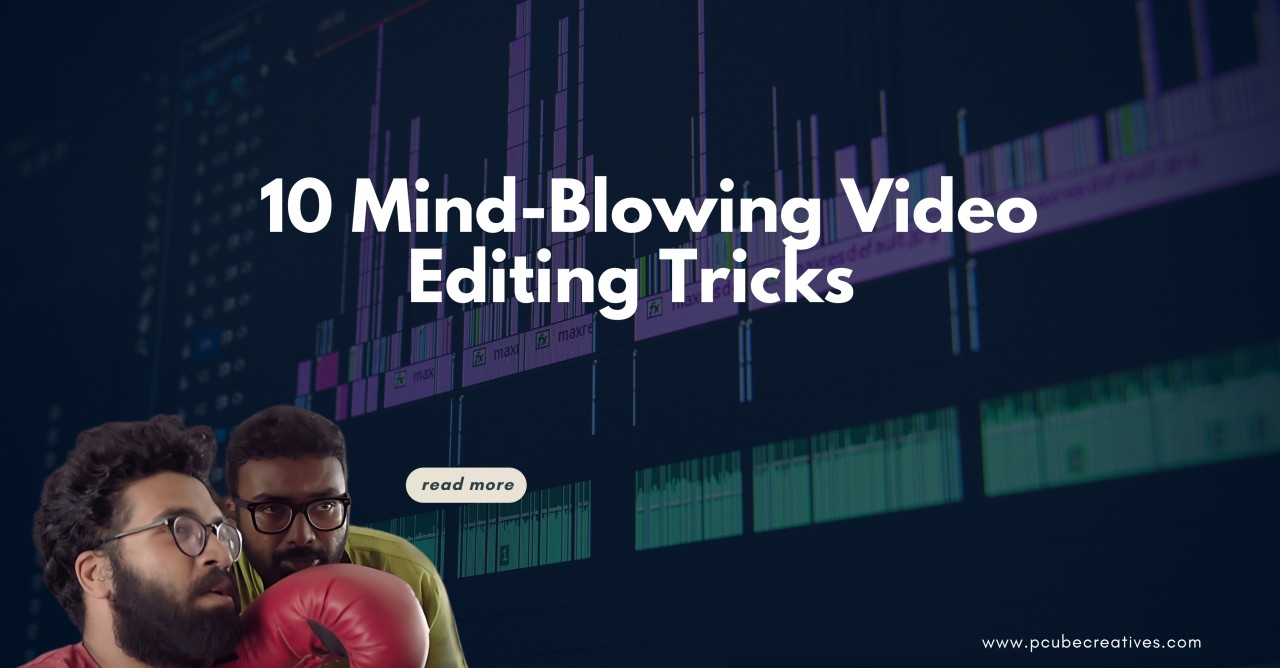 10 Types of Video Editing Hacks for Business Leaders
10 Types of Video Editing Hacks for Business Leaders
Picture this: You’ve just launched a groundbreaking product.
You’ve invested countless hours and resources into its development, and now, you need a way to showcase it to the world.
Statistics show that video content drives a 157% increase in organic traffic from search engines.
As a company founder, leveraging video could be the game-changer you need.
By the end of this article, you’ll have a comprehensive understanding of the video editing landscape, enabling you to choose the right style and technique to elevate your company’s product or service.
Introduction to Video Editing:
Video editing is more than just piecing together clips.
It’s about crafting a story, creating an experience, and delivering a message that resonates with your audience.
As you explore the types of video editing available, consider how each can be applied to enhance your company’s product or service
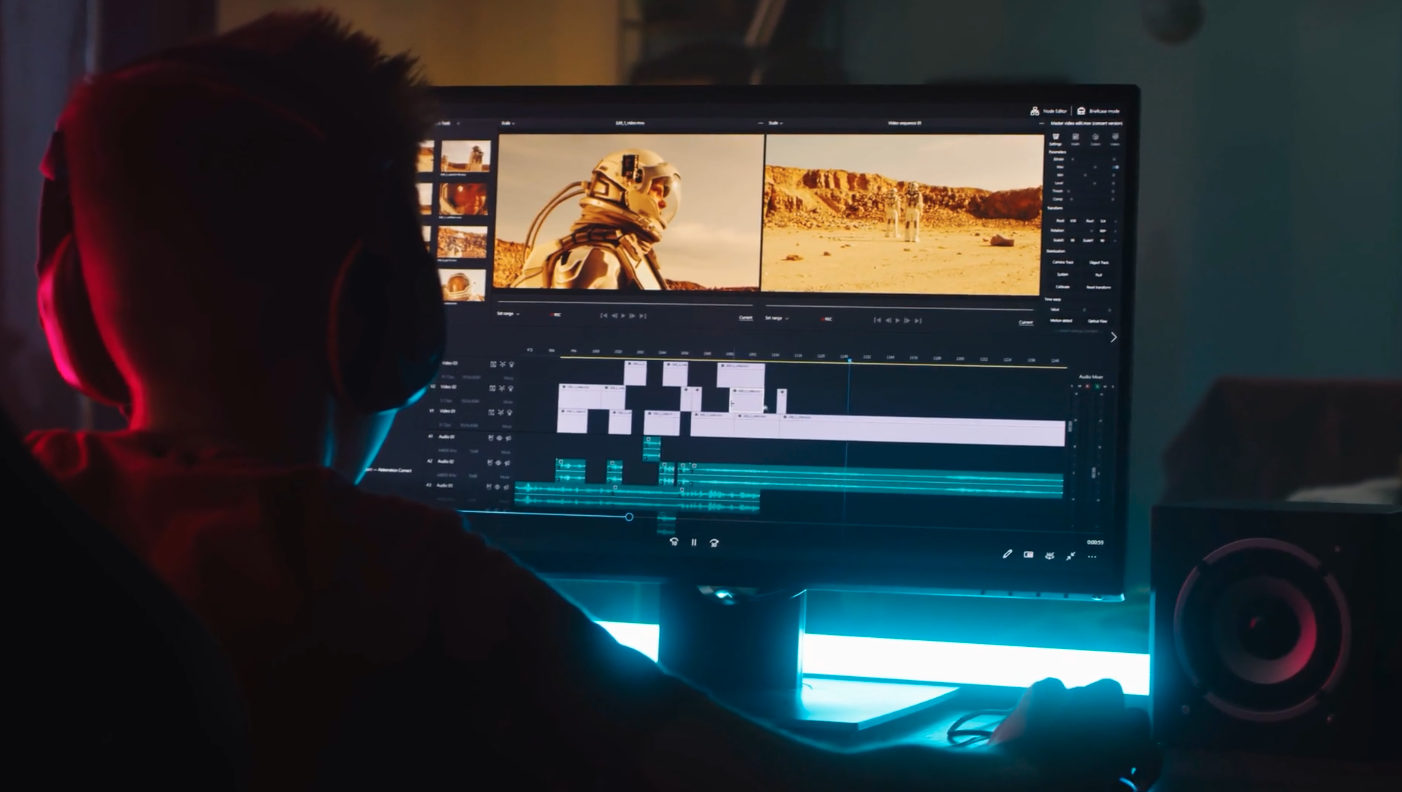
1. Linear Video Editing
Linear video editing was the first method used for editing videos.
This method, although outdated, is the foundation of understanding modern editing.
->Simplicity in small projects.
->Minimal software requirements.
-> for large projects.
-> Difficult to make changes once the process is underway.
2. Non-Linear Video Editing (NLE)
Non-linear editing (NLE) revolutionized the industry.
It allows editors to access any frame in a digital video clip regardless of its sequence.
Think of it as editing a Word document – you can move around, cut, copy, and paste as you wish.
-> Flexibility and efficiency.
-> Easier to make changes and revisions.
-> Supports complex projects.
-> Requires more advanced software and hardware.
-> Steeper learning curve.
3. Offline Editing
Offline editing involves creating a low-resolution version of the video for initial cuts.
Once the editing is approved, the final high-resolution files are conformed to match the offline edit.
-> Saves processing power and time during initial edits.
-> Ideal for long or complex projects.
-> Requires additional steps to match the final quality.
-> May involve complex conforming processes.
-> When it comes to video editing, the software you use can make a big difference.
Types of Video Editing Software:

Here are some popular options:
1. Adobe Premiere ProPros: Versatile, industry-standard, robust features.
Cons: Expensive, steep learning curve.
Pros: Optimized for Mac, professional-grade, fast rendering.
Cons: Mac-only, pricey.
Pros: Excellent for color grading, free version available, comprehensive tools.
Cons: Can be a resource-intensive, complex interface.
Pros: Preferred by professionals in film and TV, powerful.
Cons: Expensive, requires training.
Types of Video Editing Styles
Each video editing style serves a unique purpose and can greatly influence the viewer’s experience.
1. MontageCombines a series of short shots to condense time or information.
Perfect for highlights or recaps.
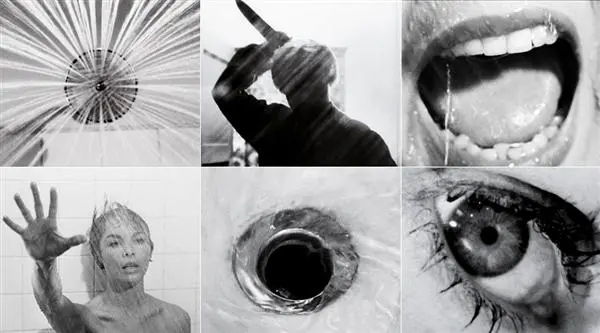
2. Continuity Editing
Ensures a seamless flow, making the narrative smooth and understandable.
Essential for storytelling.
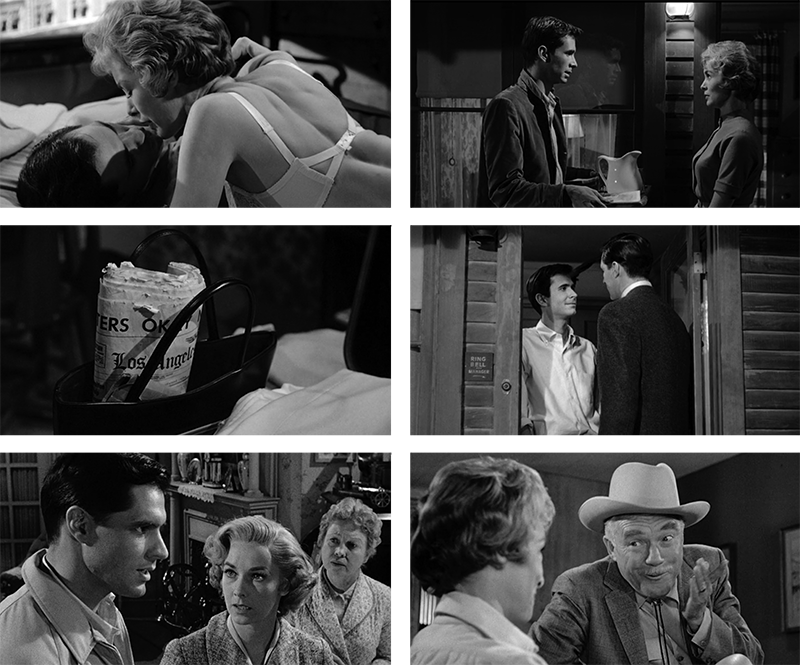
3. Cutaways
Interrupts the main action to show related context. Useful for interviews and documentaries.

4. Match Cuts
Connects two visually similar scenes. Creates a poetic or symbolic connection.
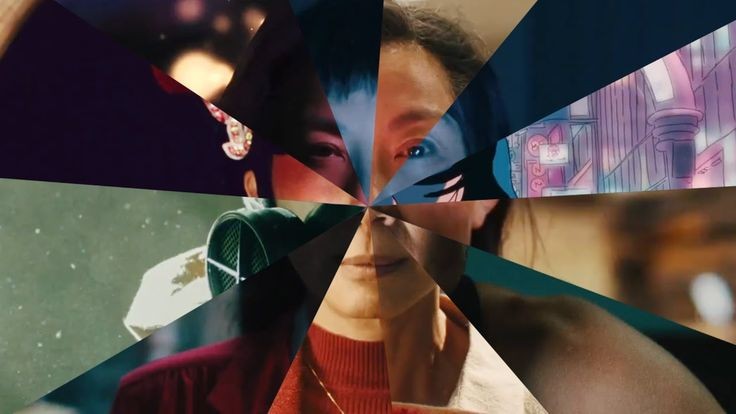
5. Jump Cuts
Abruptly transitions between scenes, are often used to show the passage of time.
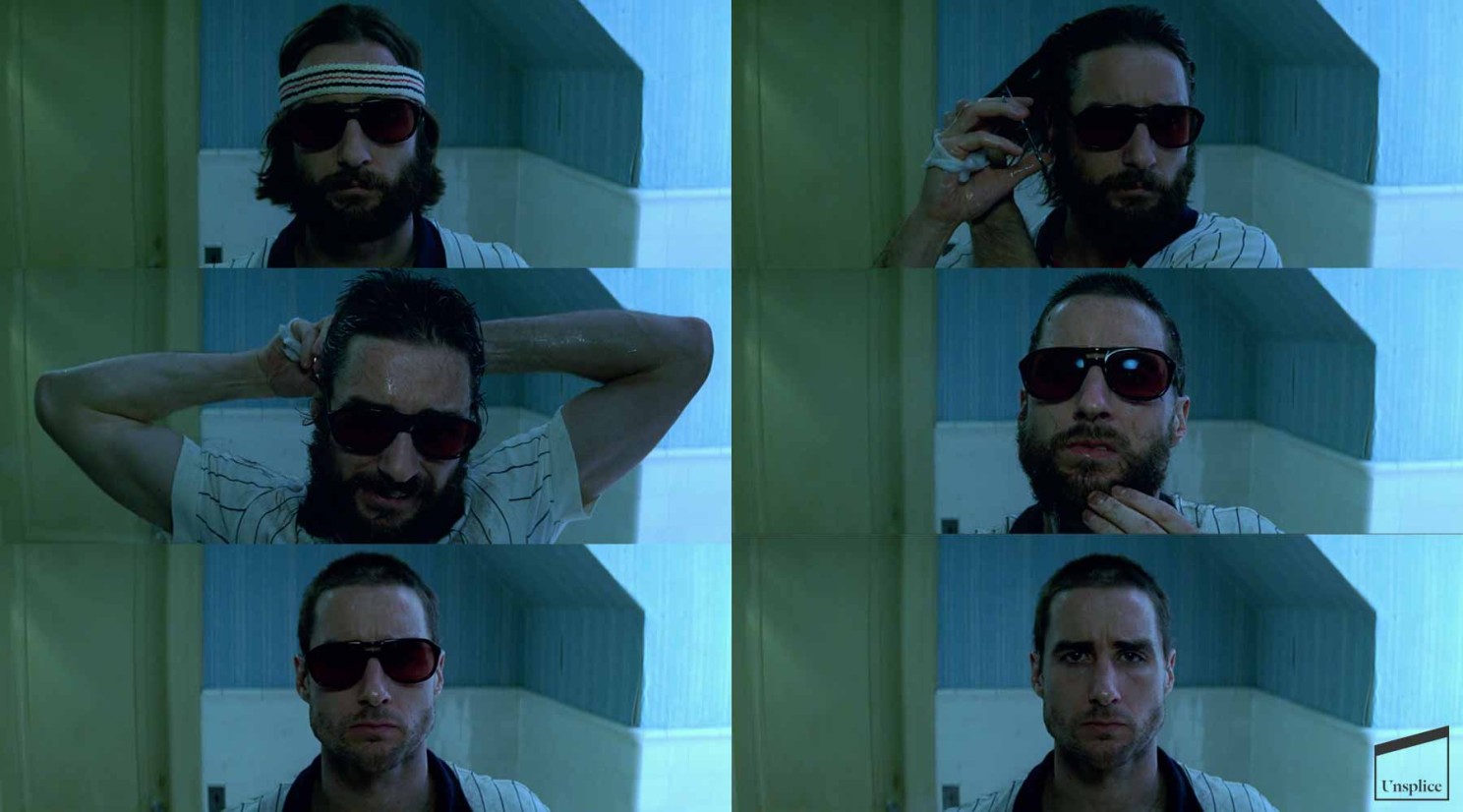
Types of Video Editing Effects:
Effects can enhance the visual appeal and engagement of your video.
1. Visual Effects (VFX)Adds elements that weren’t originally in the shot. Think of explosions or fantastical creatures.

2. Motion Graphics
Incorporates animated graphic elements. Great for explainer videos or titles.

3. Color Grading
Adjusts colors to enhance the mood or consistency of the video.

4. Transitions
Moves smoothly between scenes, such as fades, wipes, and dissolves.

5. Audio Effects
Ensures sound quality, from background music to sound effects and voiceovers.

Types of Video Editing Services
When selecting a video production agency, it’s vital to grasp the breadth of services they provide. Here are some key offerings:
1. Corporate VideosThese videos cater to the corporate world, covering promotional content, training materials, and capturing corporate events to enhance brand identity and communication within the organization.

2. Social Media Videos
Tailored for online platforms, these videos are crafted to engage audiences on social media platforms, conveying messages concisely and effectively to increase brand visibility and audience engagement.

3. Ad Films
Focused on advertisements and marketing campaigns, ad films are meticulously crafted to captivate audiences, promote products or services, and drive sales through compelling storytelling and visuals.
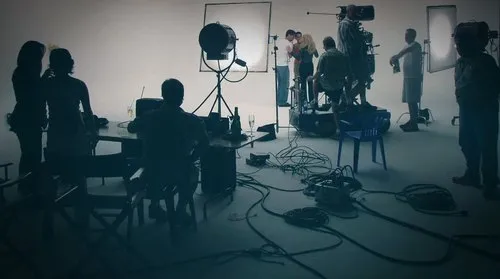
4. Documentaries
Documentaries delve deep into real-life stories, events, or topics, providing informative and thought-provoking content that educates, entertains, and inspires viewers.
By understanding the diverse range of services offered by a video production agency, you can align your needs with their expertise to achieve your desired outcomes effectively.

Conclusion
Choosing the right type of video editing can significantly impact the quality and effectiveness of your video content.
By understanding the different types of video editing, you can make informed decisions that align with your company’s goals and vision.

1. What are the main types of video editing?
The main types of video editing include linear editing, non-linear editing (NLE), offline editing, online editing, vision mixing, multi-camera editing, and live editing. Each type has its specific applications and benefits depending on the project’s needs.
2. What is Professional Video Editing?Professional video editing is the process of manipulating and rearranging video shots to create a polished final product. It involves advanced skills, creative vision, and often the use of sophisticated software to ensure high-quality results.
3. What are the types of video editing?Some common types include linear editing, non-linear editing (NLE), offline editing, online editing, vision mixing, multi-camera editing, and live editing. Each type serves specific purposes and is chosen based on the project’s requirements and objectives.
4. How many editing styles are there?Several editing styles are used in video production, each with unique characteristics and applications. Some of the main editing styles include montage, continuity editing, cutaways, match cuts, and jump cuts. These styles can be combined or adapted to create different effects and evoke specific emotions in the audience.
5. What is the difference between video editing and film editing?While video editing and film editing share similar principles, they differ primarily in their mediums and techniques. Video editing typically deals with digital formats and is more accessible for various types of content such as online videos, commercials, and corporate films. On the other hand, film editing often involves working with physical film strips or high-resolution digital formats and is commonly used in the movie industry

